By Louise Irvine
Trick or treating will not be the same this year so we are looking back nostalgically at costume parties of the past. The Halloween tradition began with the Celts, who believed that condemned souls would come back to wreak havoc on October 31. They dressed up in ghoulish costumes to scare evil spirits away.
Pleasure Gardens
Wearing masks and disguises continued to be popular in Europe, most notably in the Venetian pre-lent Carnival. Revelers could enjoy intrigue and flirtations while remaining incognito. Masquerading became fashionable as a public entertainment at pleasure gardens in London in the early 18th century. Italian commedia dell ’arte characters, such as Pulcinella, Harlequin and Columbine, were favorite costumes and influenced the first European porcelain figurines. Men and women in exotic Turkish dress mingled with subversive monks and nuns in London’s Vauxhall and Ranelagh Gardens. Despite their glamor, these masquerades were regarded by many as scandalous and immoral.
Literature & Legend
In the early 1800s, fancy dress balls became the fashion in high society. Aristocratic costumes were couture creations, inspired by stars from literature, legend, or history, such as Mary Queen of Scots and Marie Antoinette. By the mid-19th century, Victorians enjoyed public balls hosted by cities and fashion magazines featured costume ideas, which could be custom-made or hired from specialist companies. Popular theatrical performances, such as the Mikado, started a vogue for Japanese dress.
Red Devils
Stage versions of Faust brought Mephistopheles into the limelight. The Carnival & Cabaret exhibit at WMODA features several Mephistophelean figures made by Royal Doulton and Hutschenreuther. Devilish characters became all the rage in the roaring twenties when the bright young things danced till dawn at masquerade parties. Women’s scanty dress, prohibition cocktails, and other outrageous behavior of the jazz age shocked the older generations. Dressing as a little girl or bouncing baby allowed young women to show off their knees, which was also frowned upon. Pleasure seekers did not wait for Halloween to dress up and explore their inner child or alter ego.
Novelty Costumes
Many young women made their own costumes, following sewing patterns supplied by Butterick. From the 1860s, Ebenezer Butterick published popular fashion magazines as a marketing tool for his patterns. The Delineator, a journal of fashion, culture and the fine arts, was full of ideas and advice for costume parties. For instance, the mystique of the Arabian Nights was conjured up by Egyptian queens, Japanese geishas, and Turkish concubines in Harem pants.
Bats & Butterflies
In Britain, Weldon’s and Leach’s advertisements for novelty costumes featured Spanish dancers and Dutch peasants. One of the most popular fantasies for adults and children alike was to metamorphose into a butterfly or a bat at Halloween. Commedia dell’arte characters experienced a revival for fancy dress parties. Pierrots joined circus clowns as favorite costumes of the Art Deco era can be seen in figurines by Royal Doulton and Goldscheider.
Out of Africa
Themed parties continue to be popular today for celebrations and holidays. Prince William, heir to the British throne, celebrated his twenty-first birthday in 2003 with an "Out of Africa" ball at Windsor Castle. The Royal Family’s costumes were kept a secret, but guests were spotted dressed as lions, Tarzan and even a banana.
Read more about Mephistopheles
Devilish Doulton
Read more about Halloween costumes
Halloween Howl

Masquerade Ranelagh Gardens 1749 by L. P. Boitard

Preparing for a Masquerade

Pulcinella

Nymphenburg Pulcinella

Dresden Harlequin
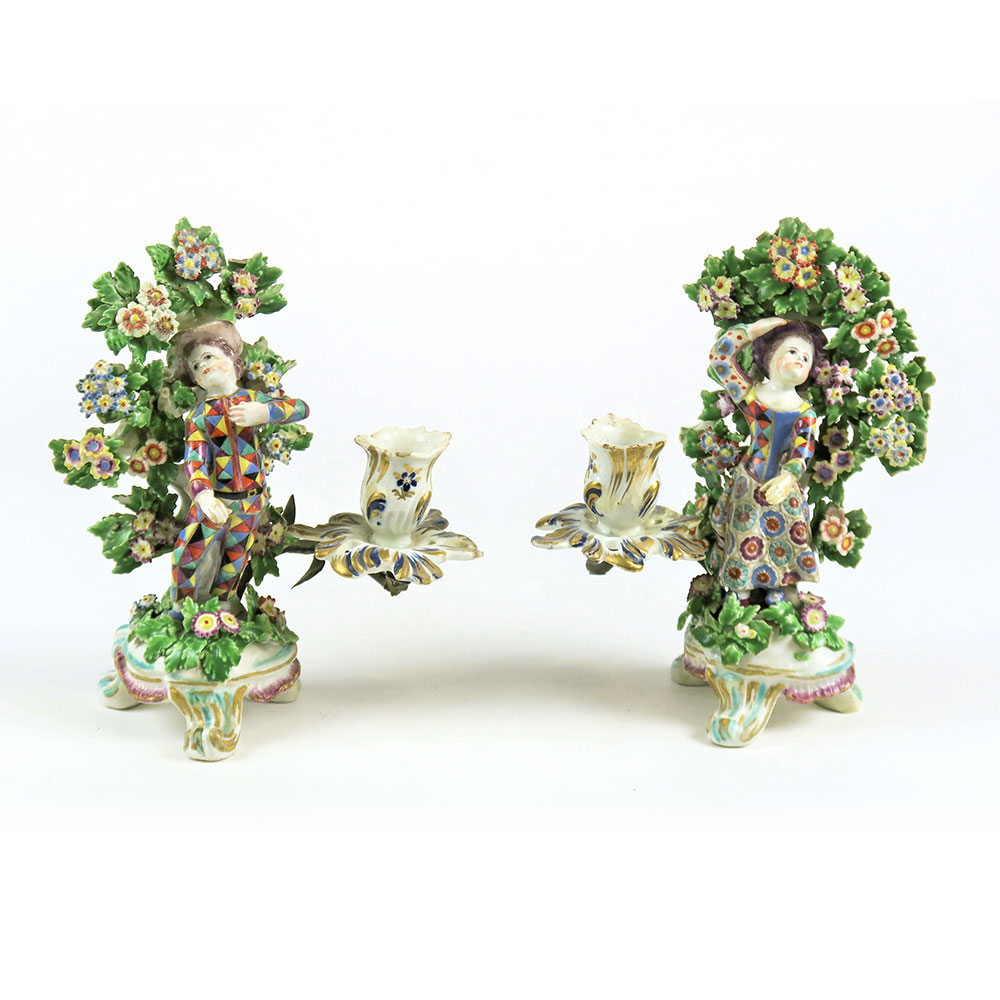
Chelsea Harlequin & Columbine Candlesticks
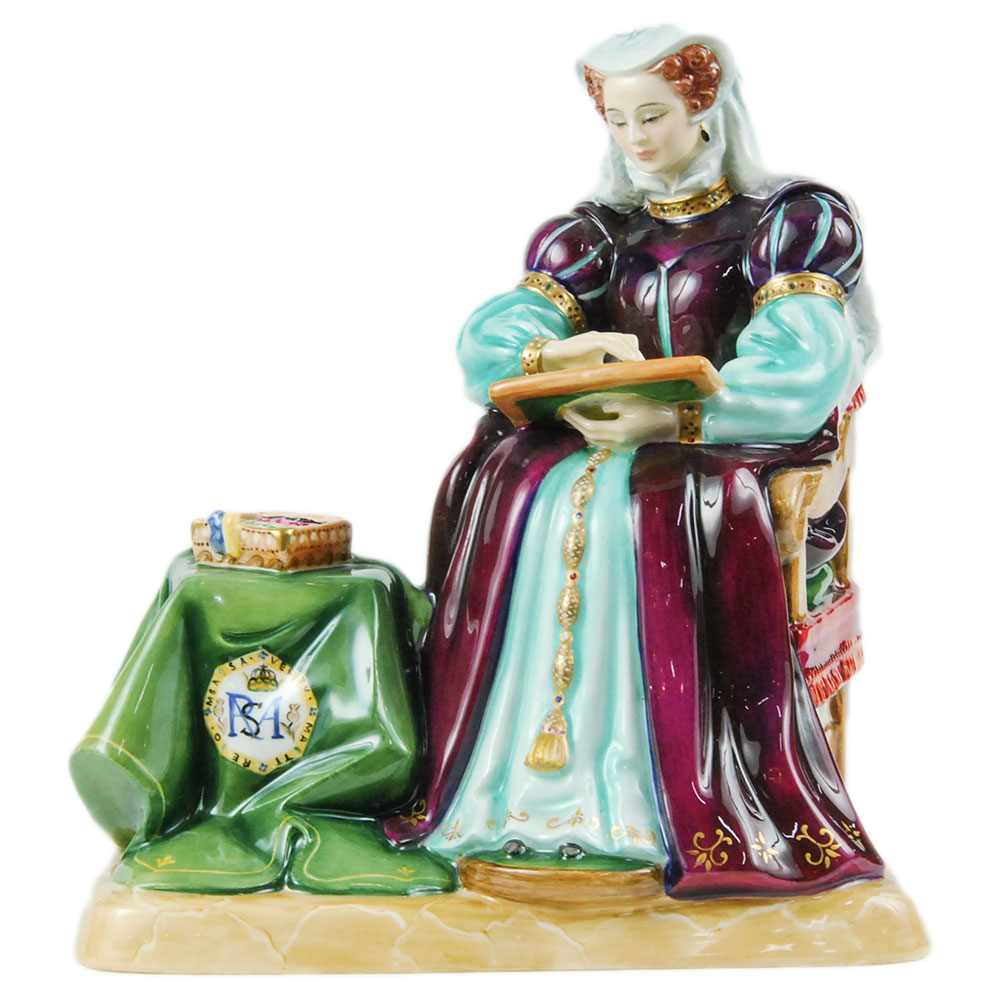
Royal Doulton Mary Queen of Scots

Royal Doulton Mary Queen of Scots
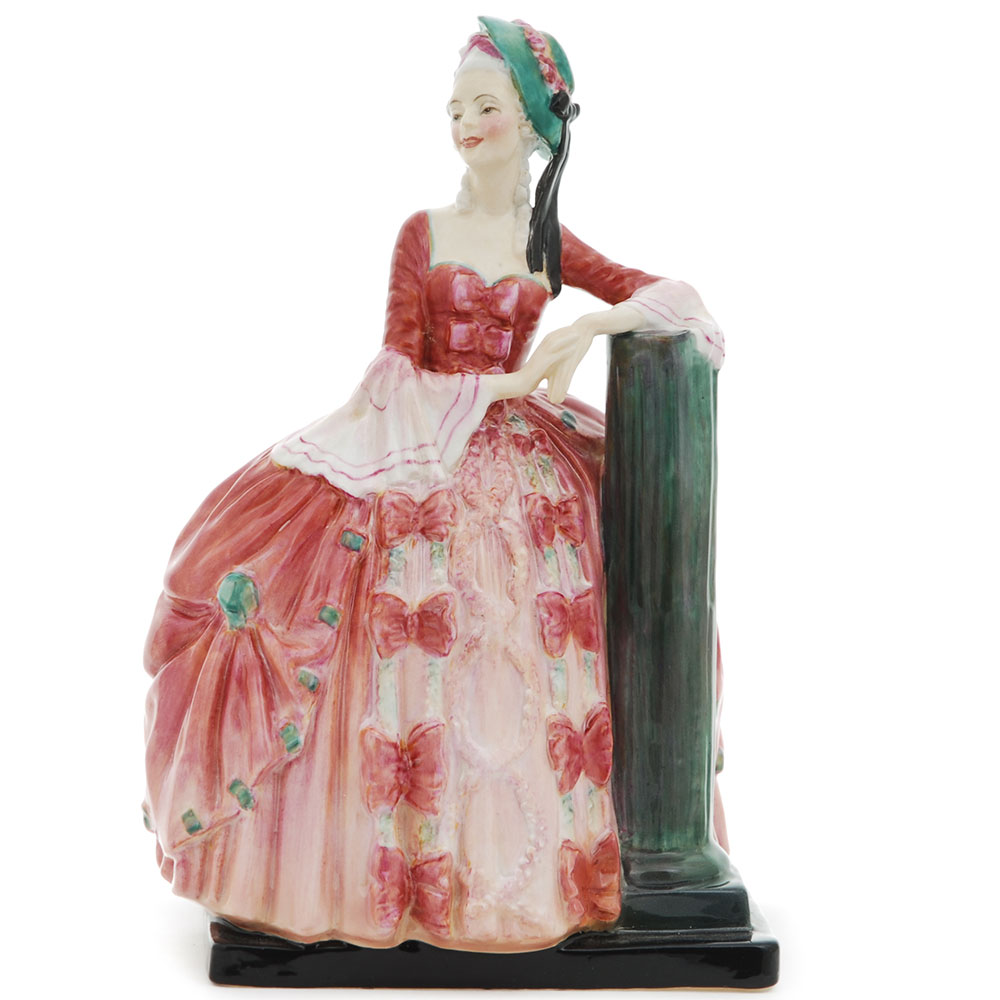
Royal Doulton Antoinette

Royal Doulton

Royal Doulton Geisha

Royal Doulton Geisha
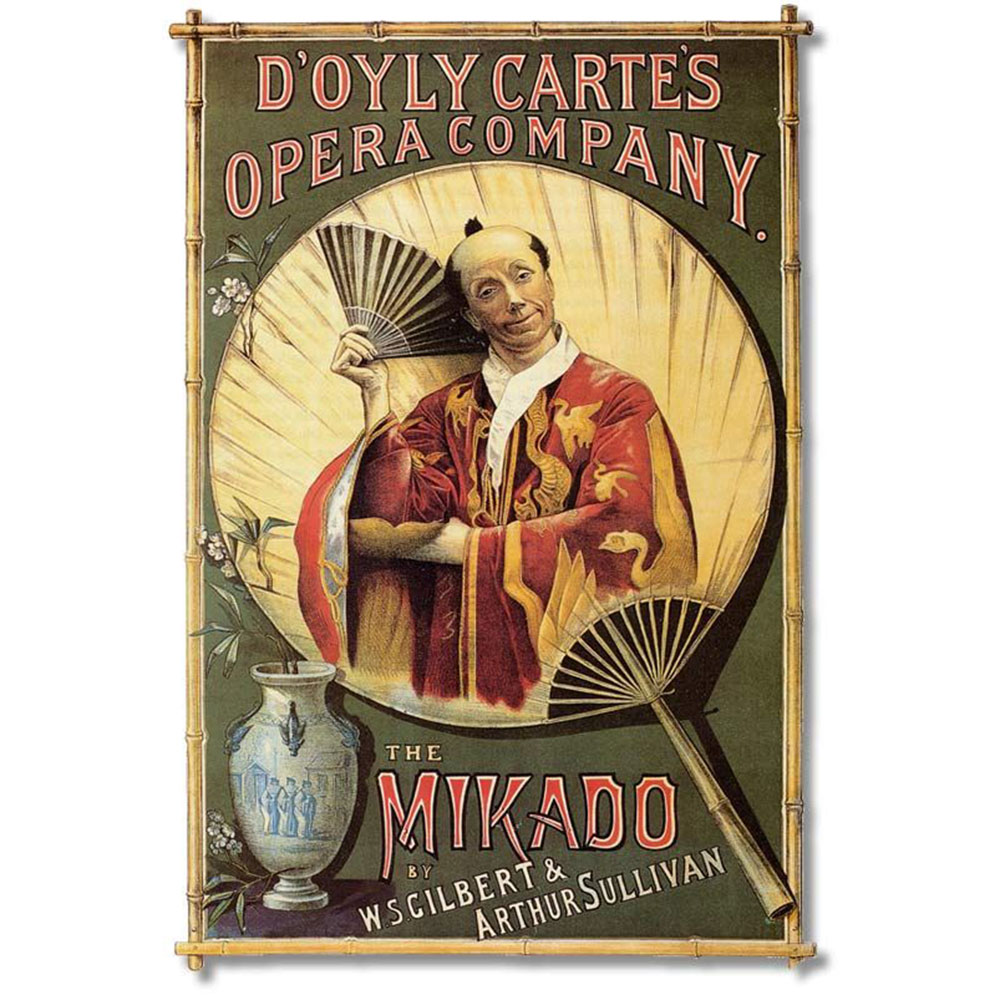
Mikado Gilbert & Sullivan
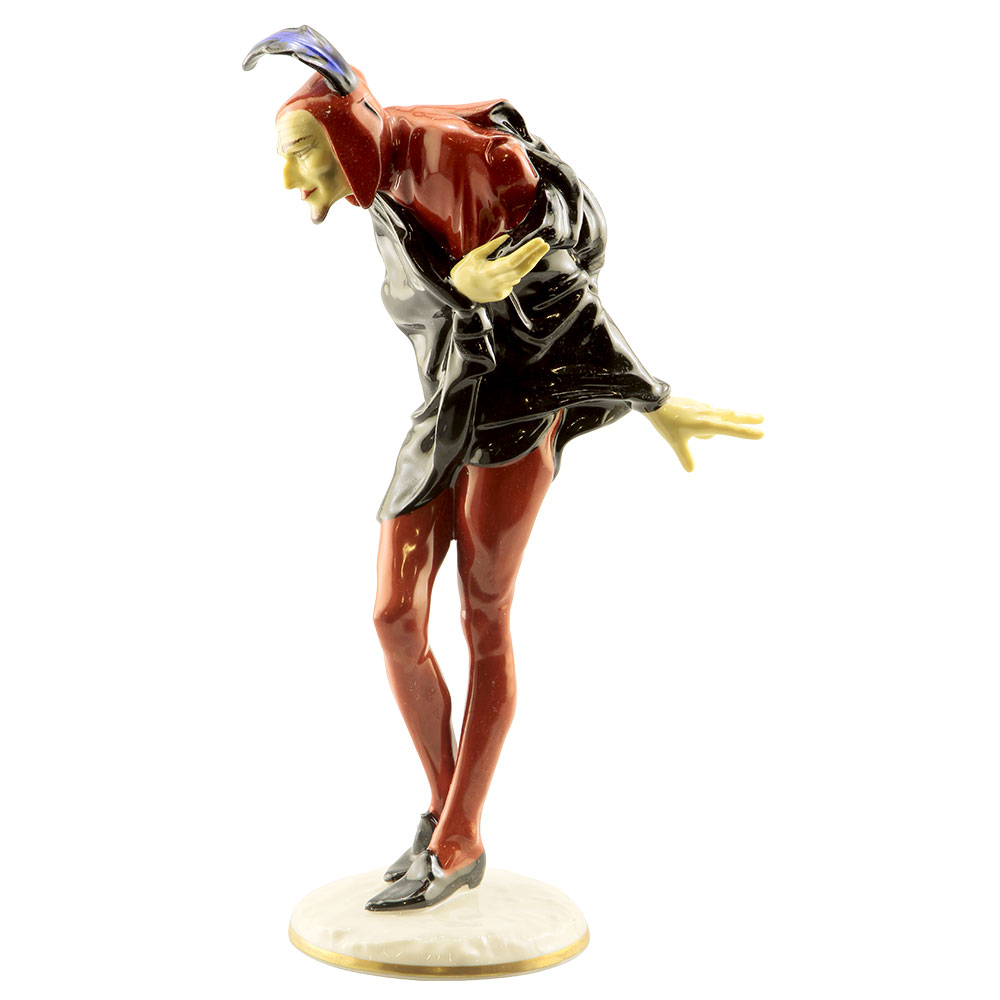
Hutschenreuther Mephistopheles by K. Tutter

Mephistopheles by K. Ens
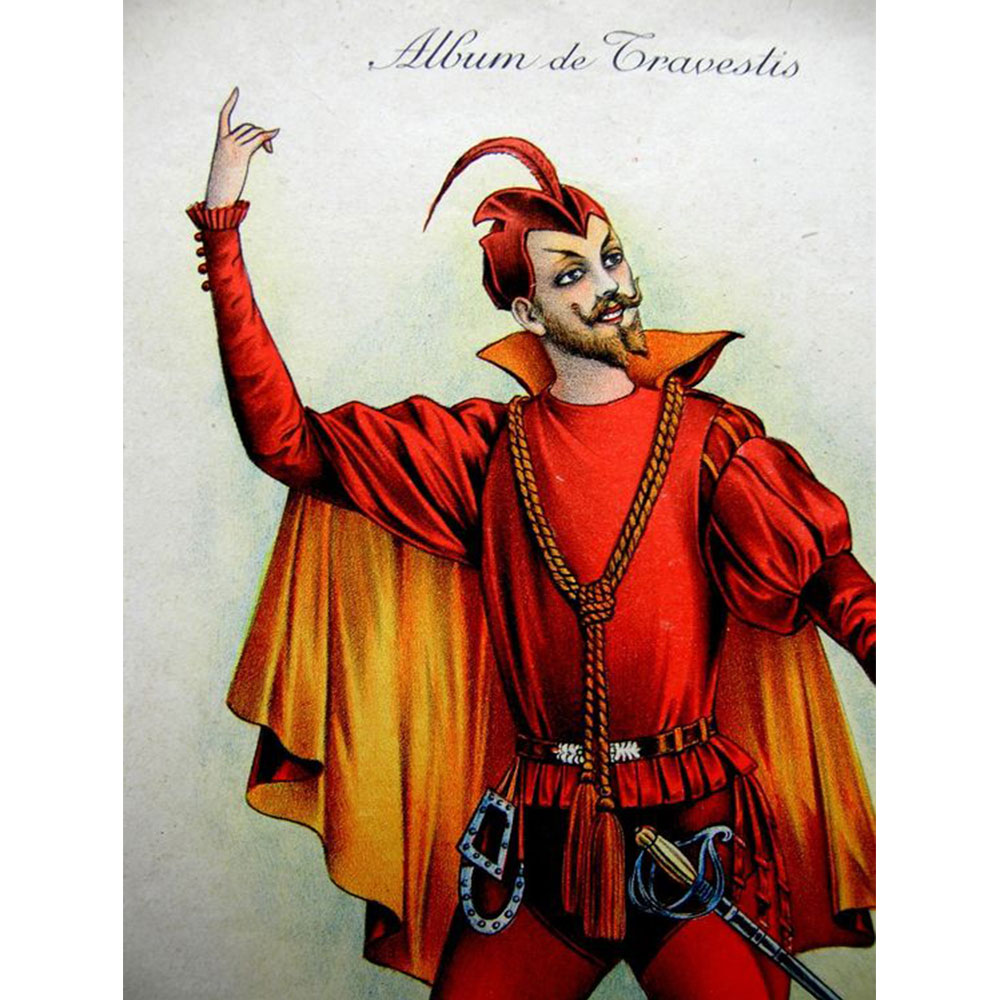
1920s French Masquerade Costume

Hutschenreuther Mephistopheles

Royal Doulton Mephisto

Fancy Dress

Rosenthal Harlequin & Columbine

Lo Hesse and Joachim von Seewitz
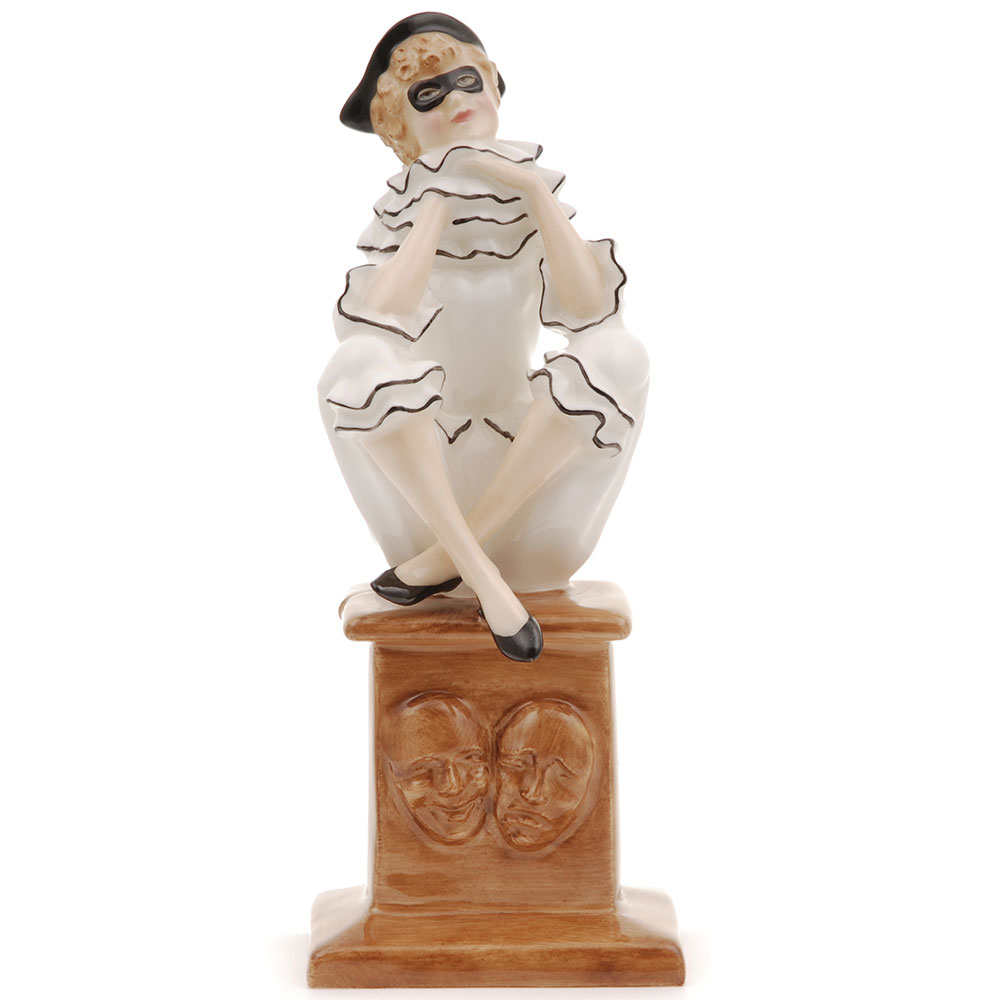
Royal Doulton Pierette Prototype

Meissen Harlequin & Columbine
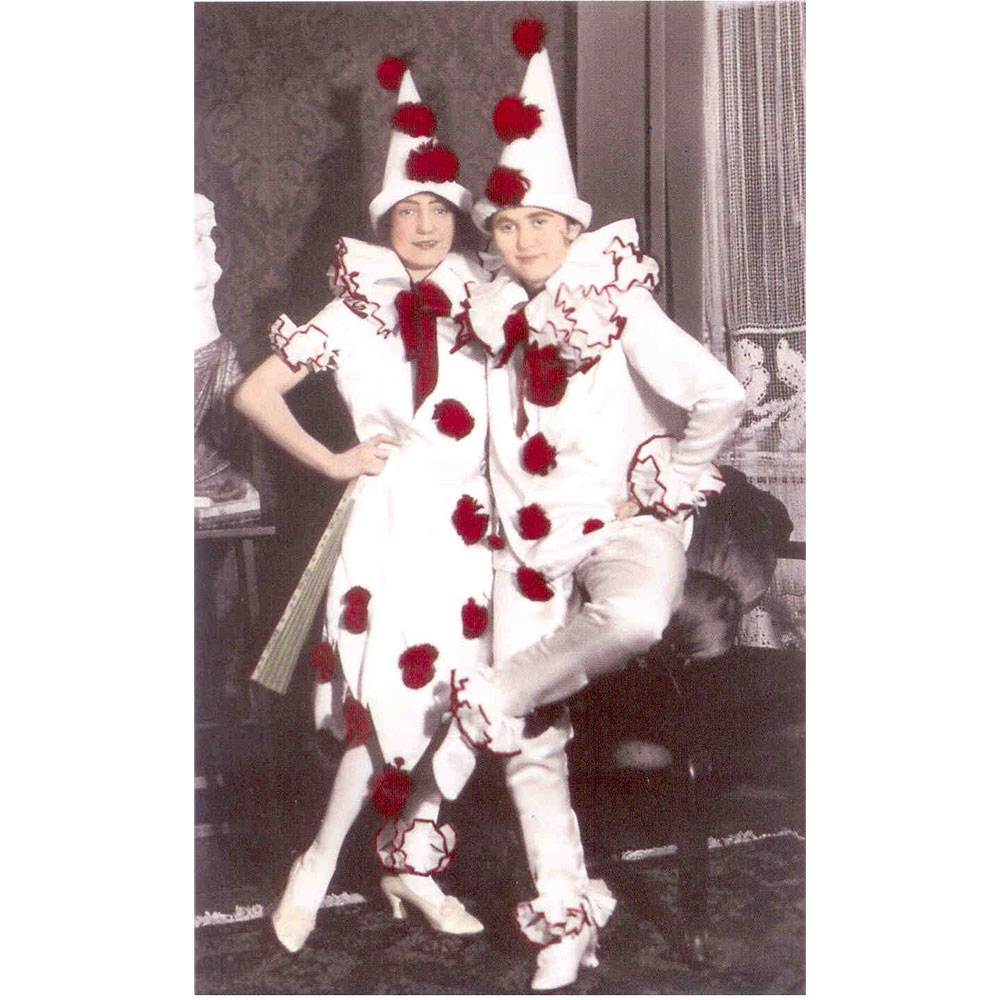
Pierrot card

Goldscheider Harlequin & Columbine

Claudette Colbert as Harlequin
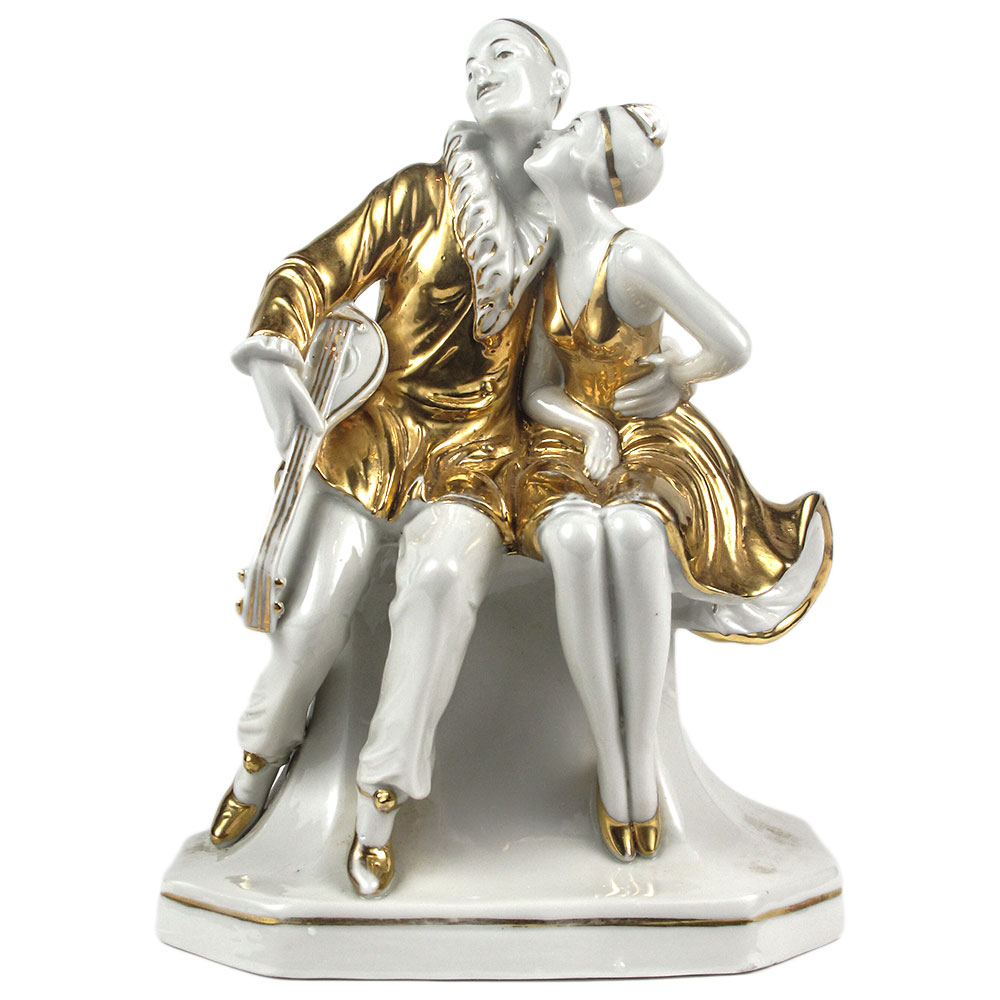
German Pierrot & Columbine
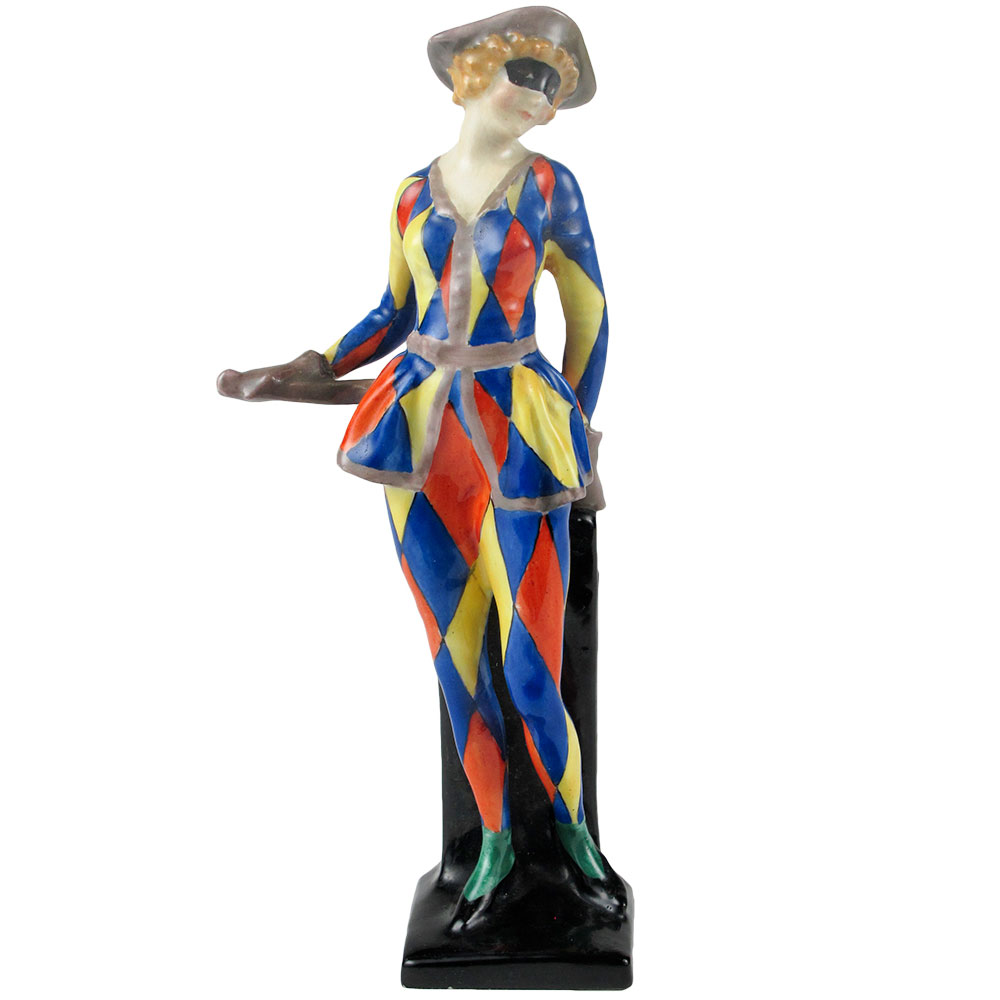
Royal Doulton Harlequinade Masked
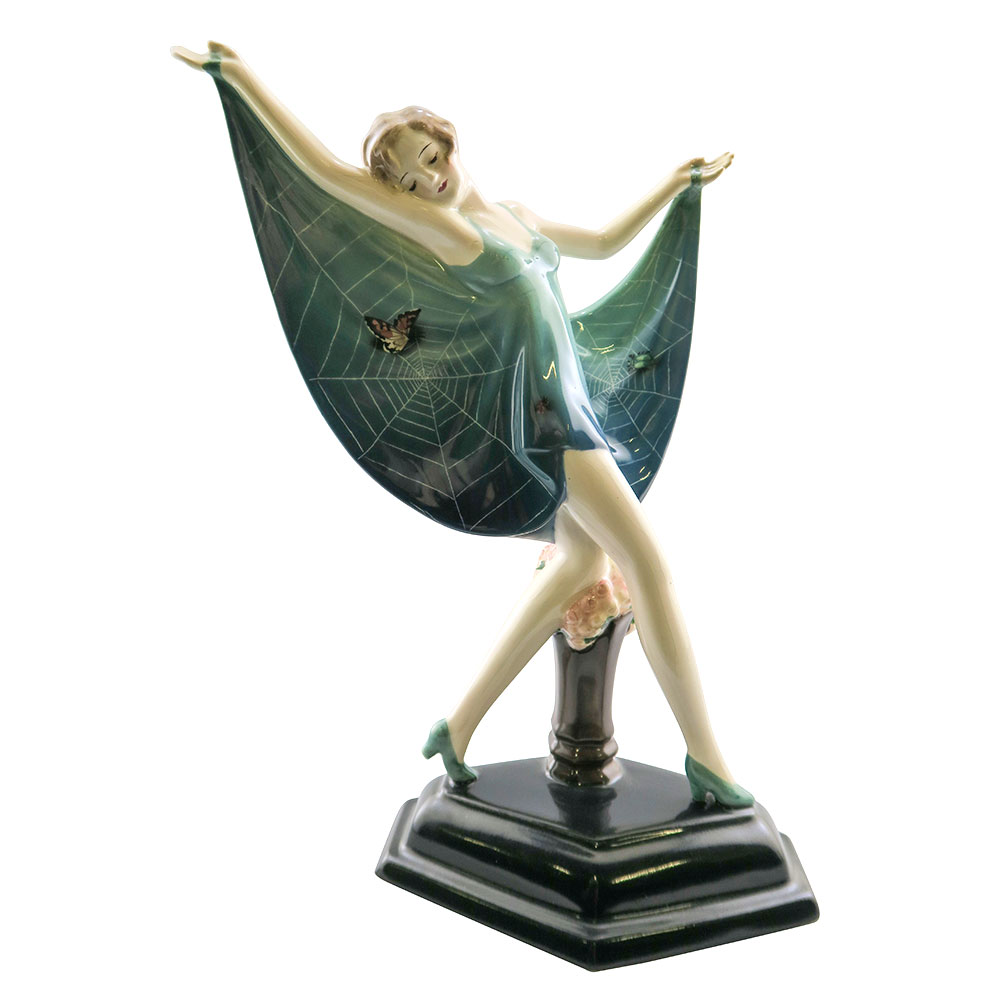
Goldscheider Butterfly
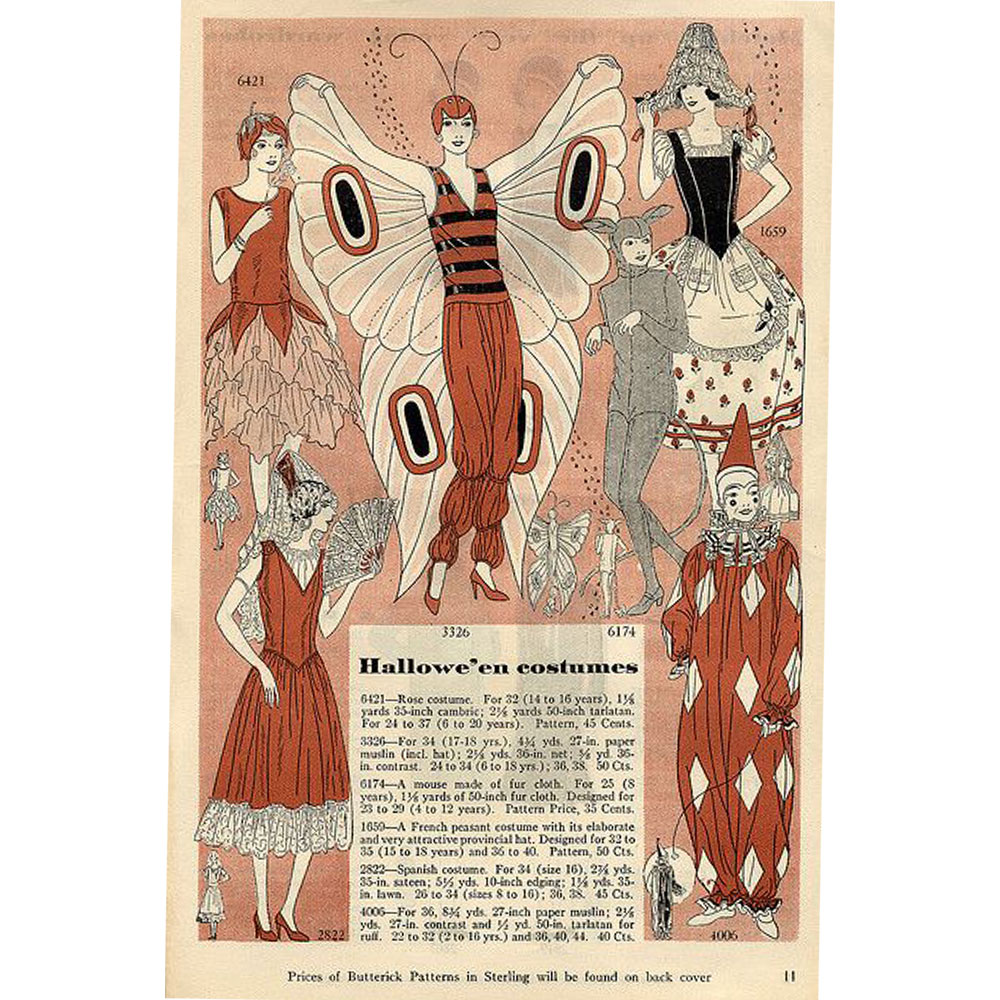
Butterick Pattern 1929
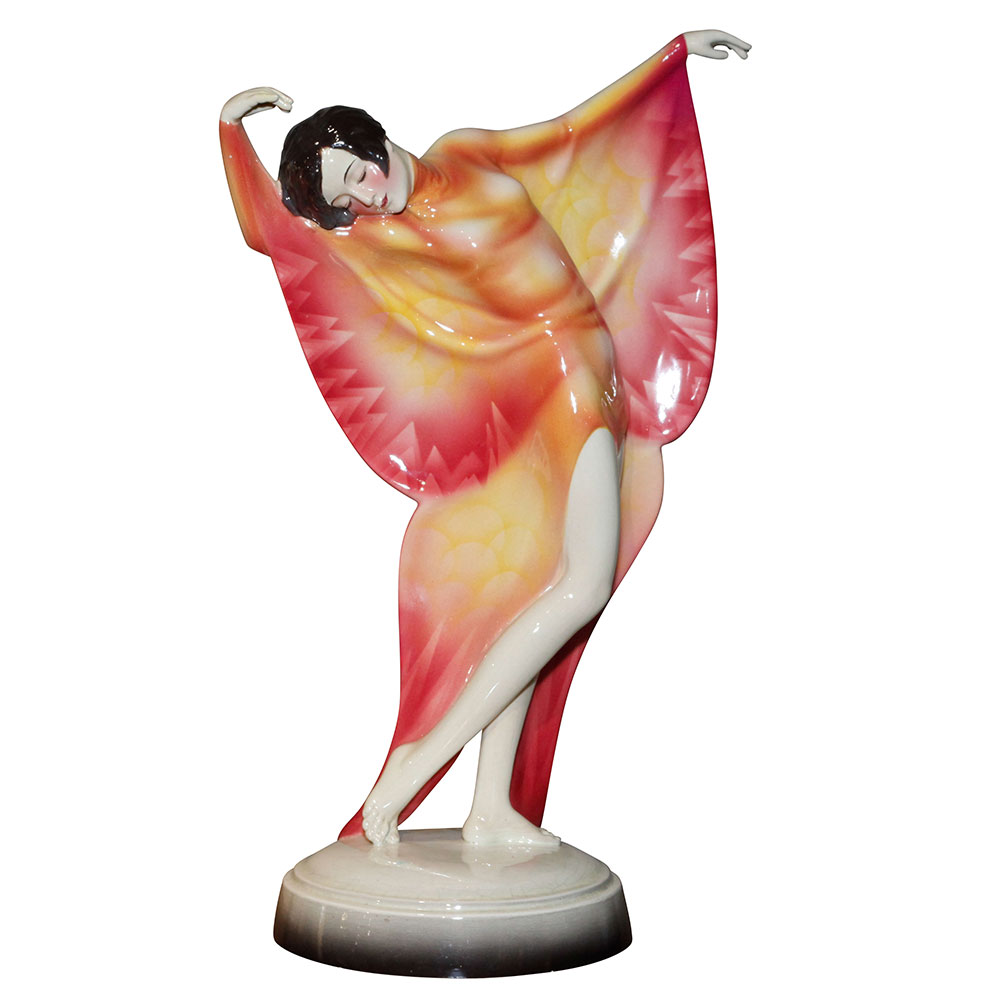
Goldscheider Butterfly Dancer
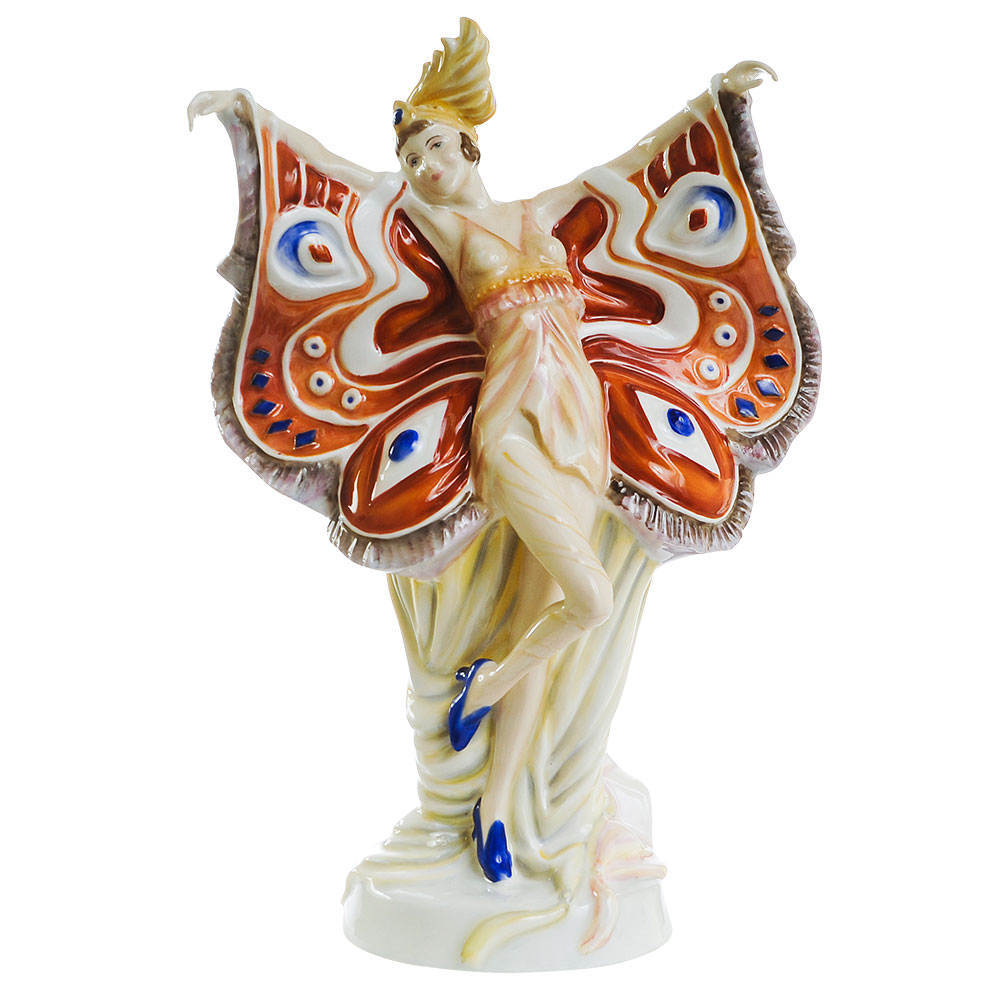
Royal Doulton Peacock Butterfly
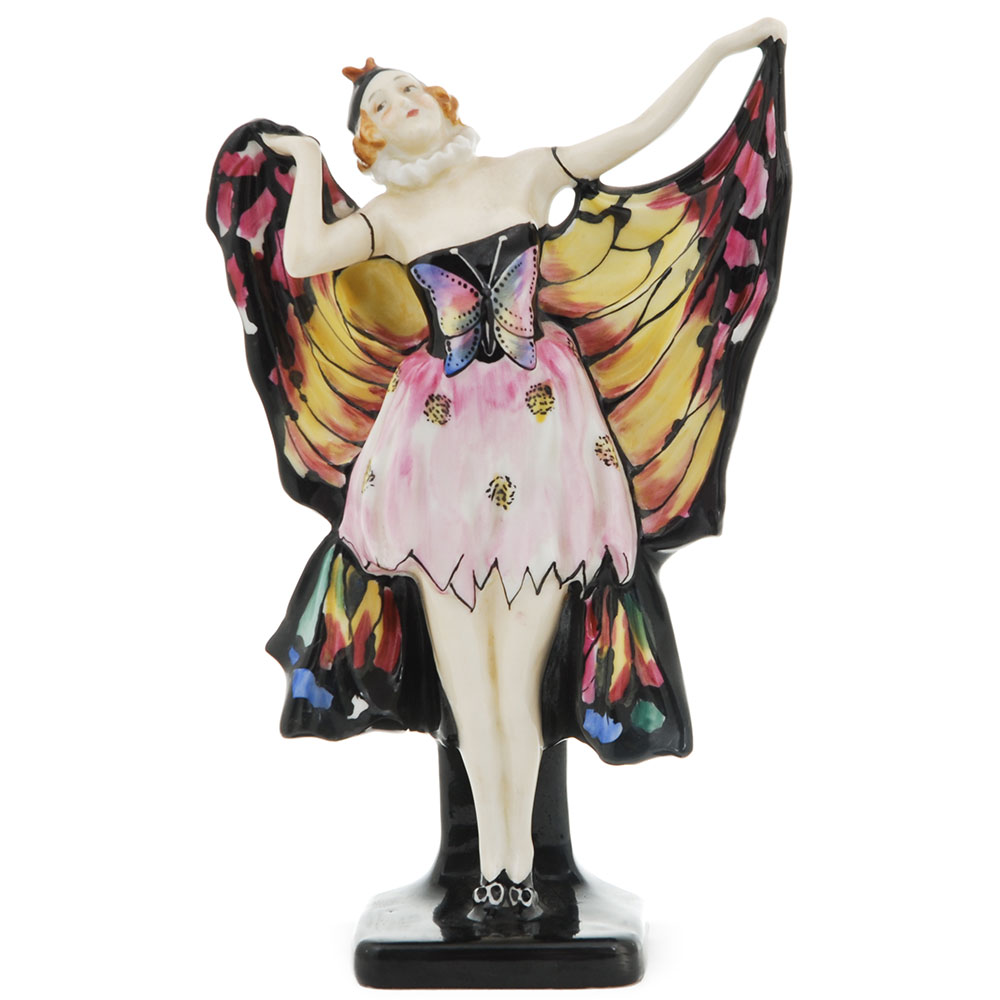
Royal Doulton Butterfly
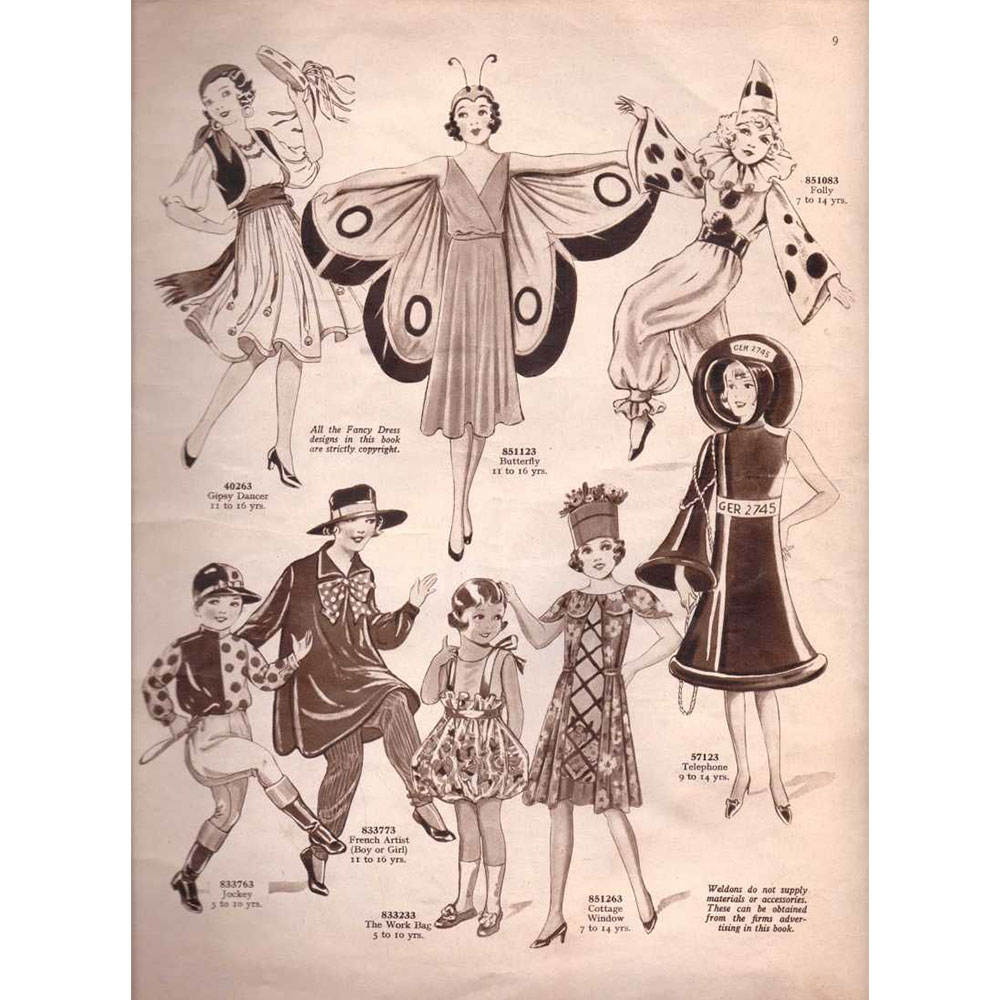
Weldon's Sewing Patterns
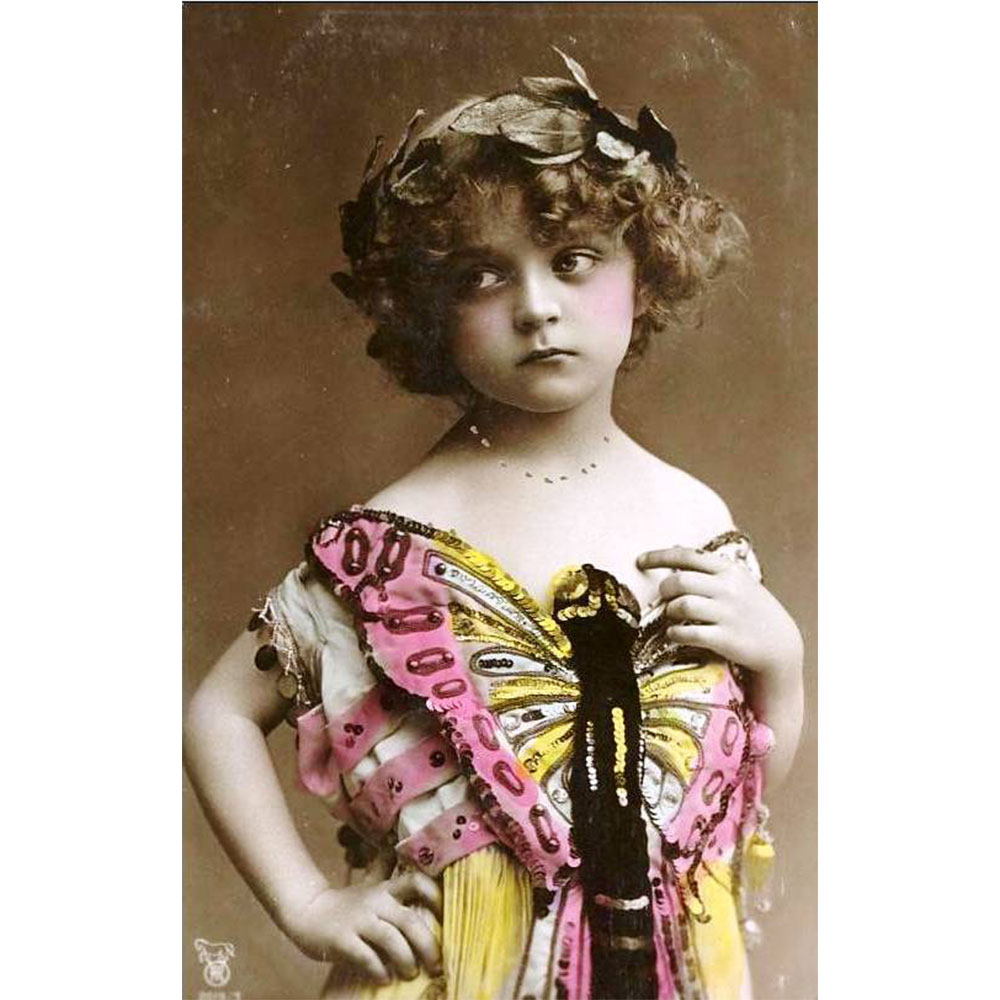
Butterfly Girl Postcard
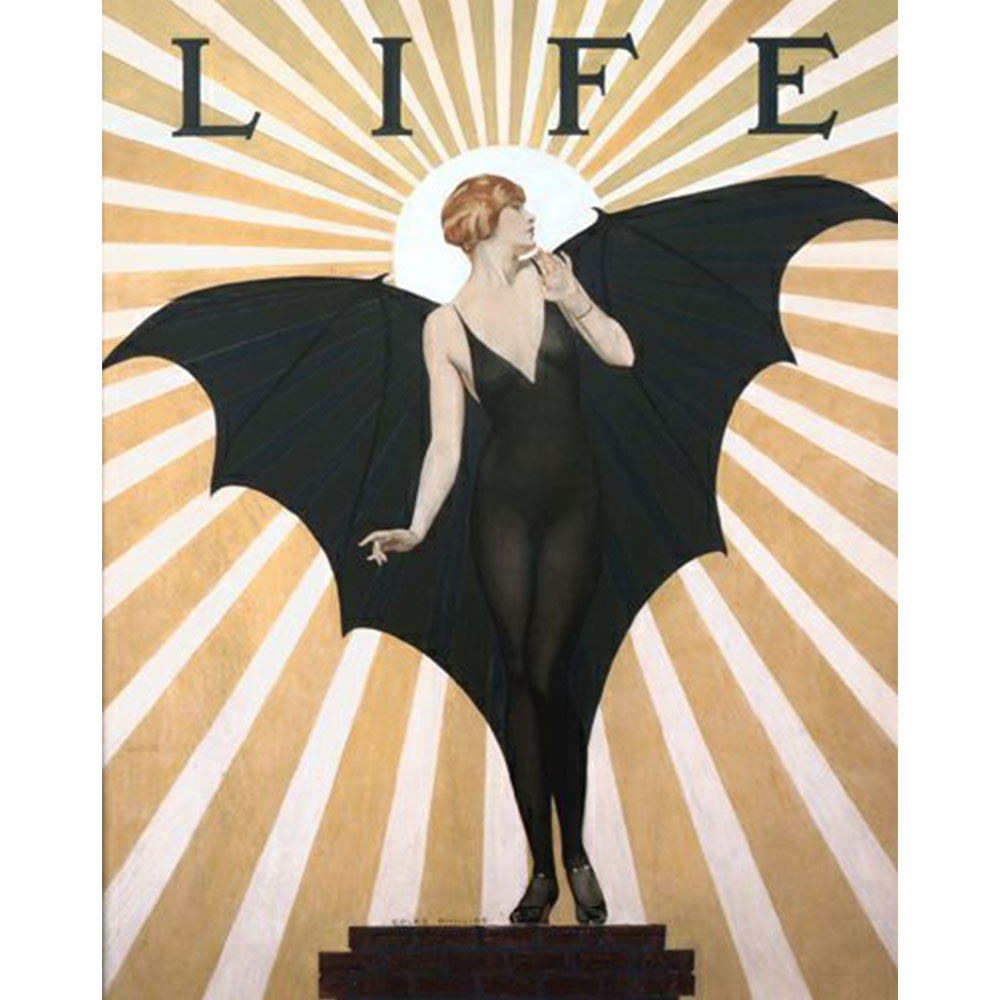
Coles Phillips 1925
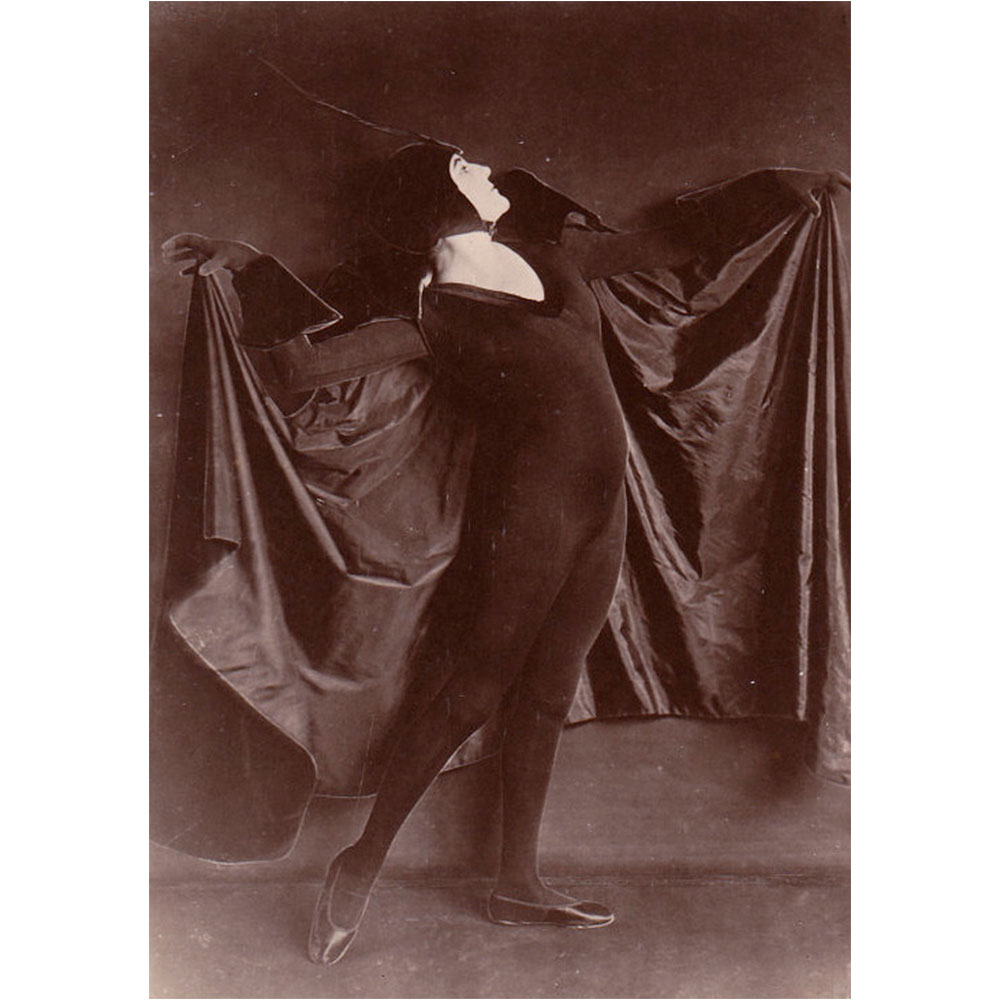
Alice Delysia as a Bat
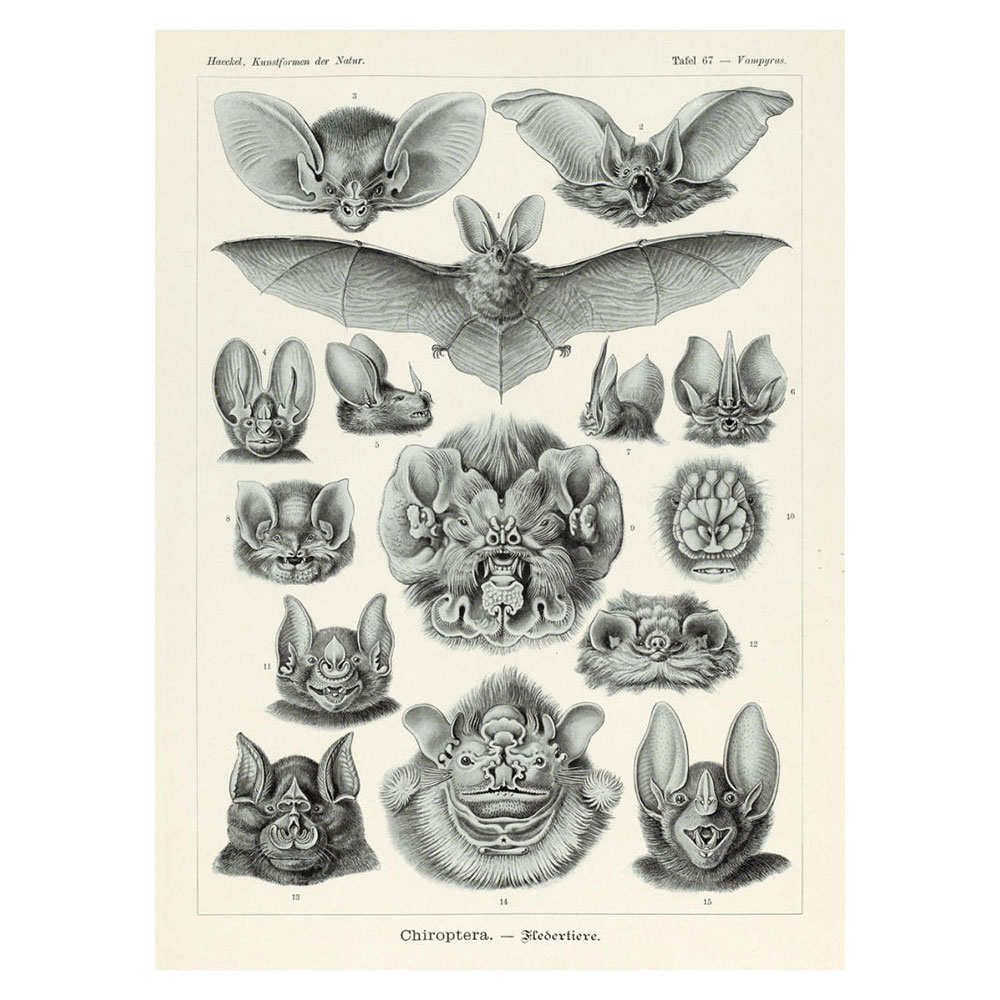
Vampyre bats by Haeckel
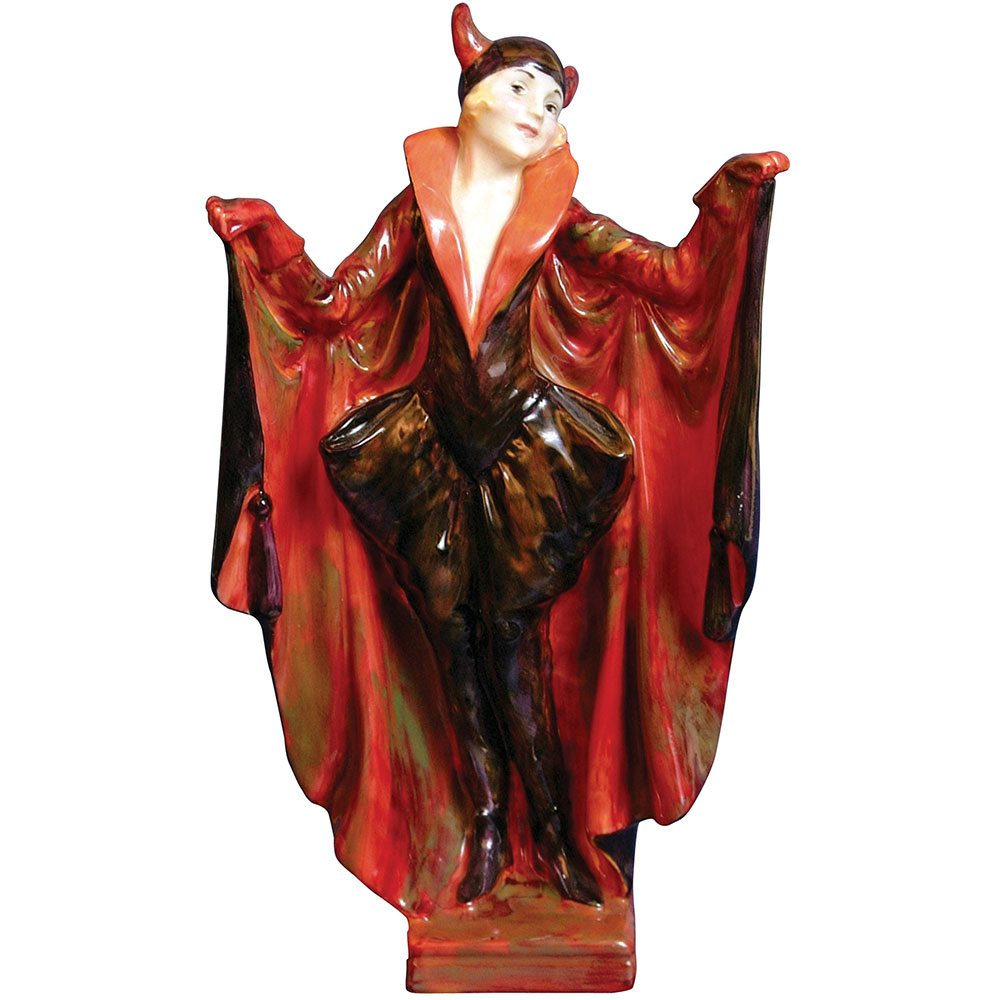
Royal Doulton Marietta
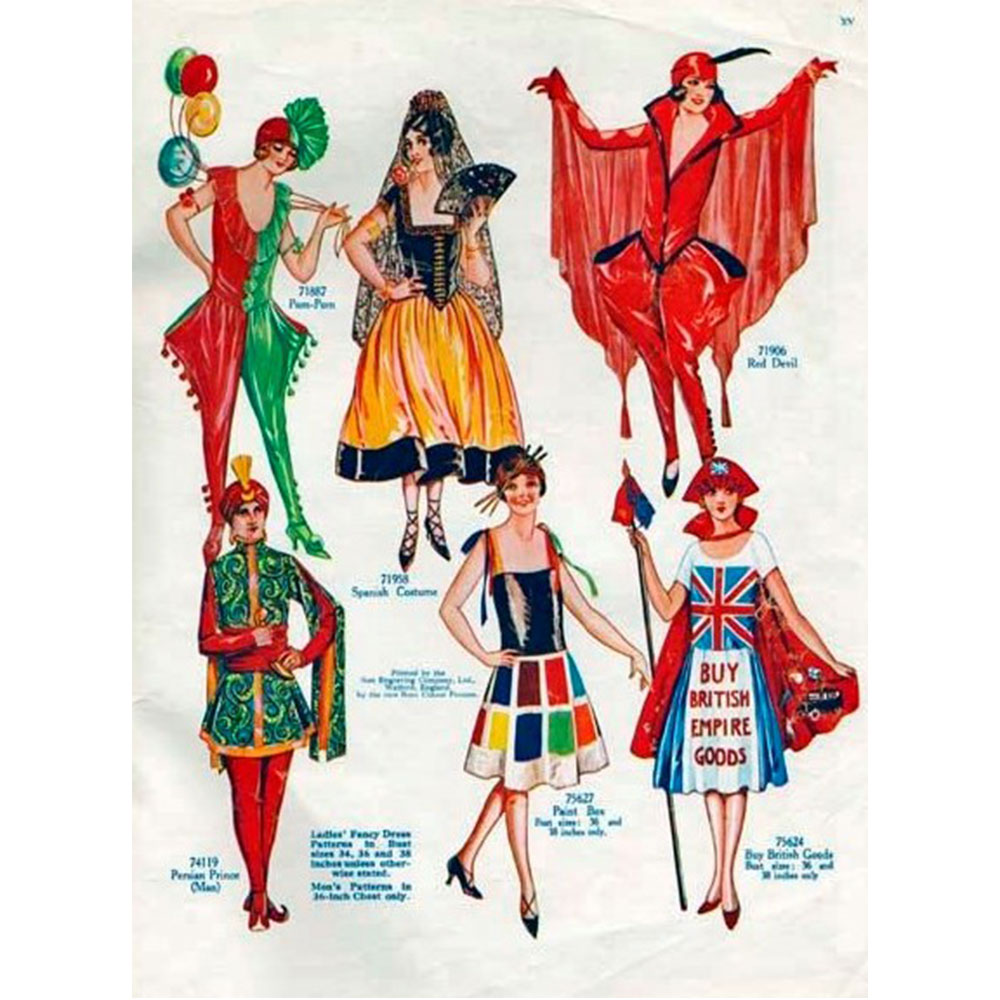
1920s Costume Pattern

German Porcelain Bat Lady

